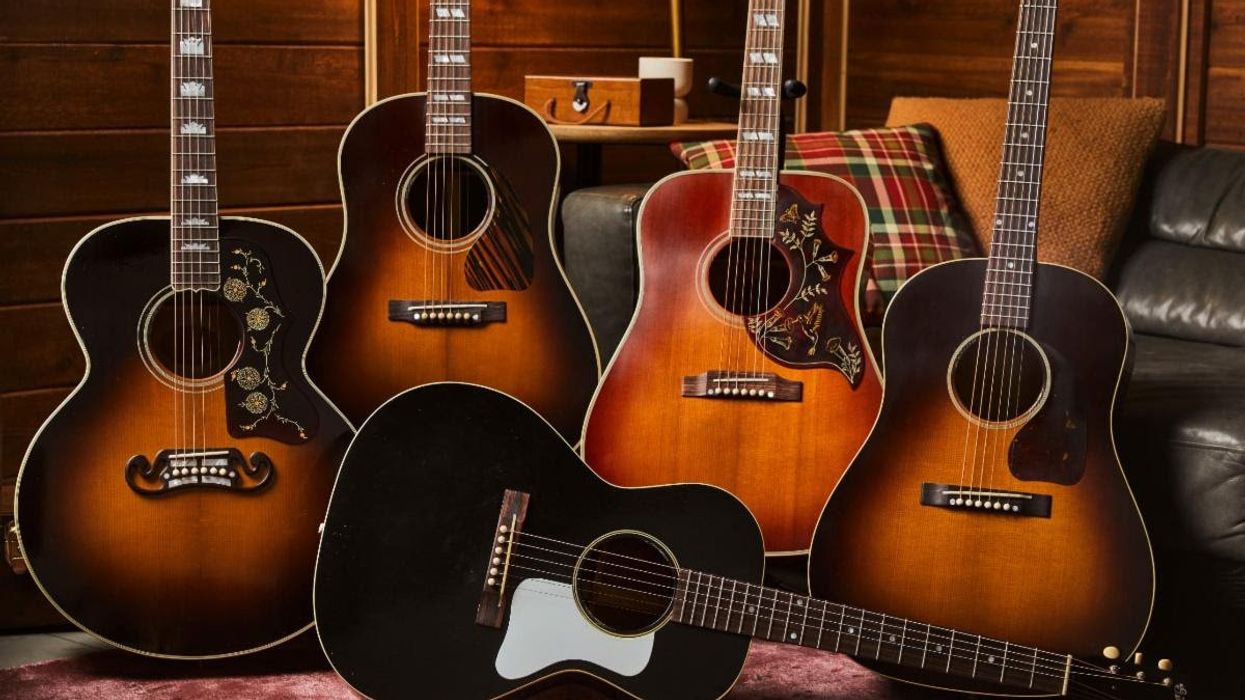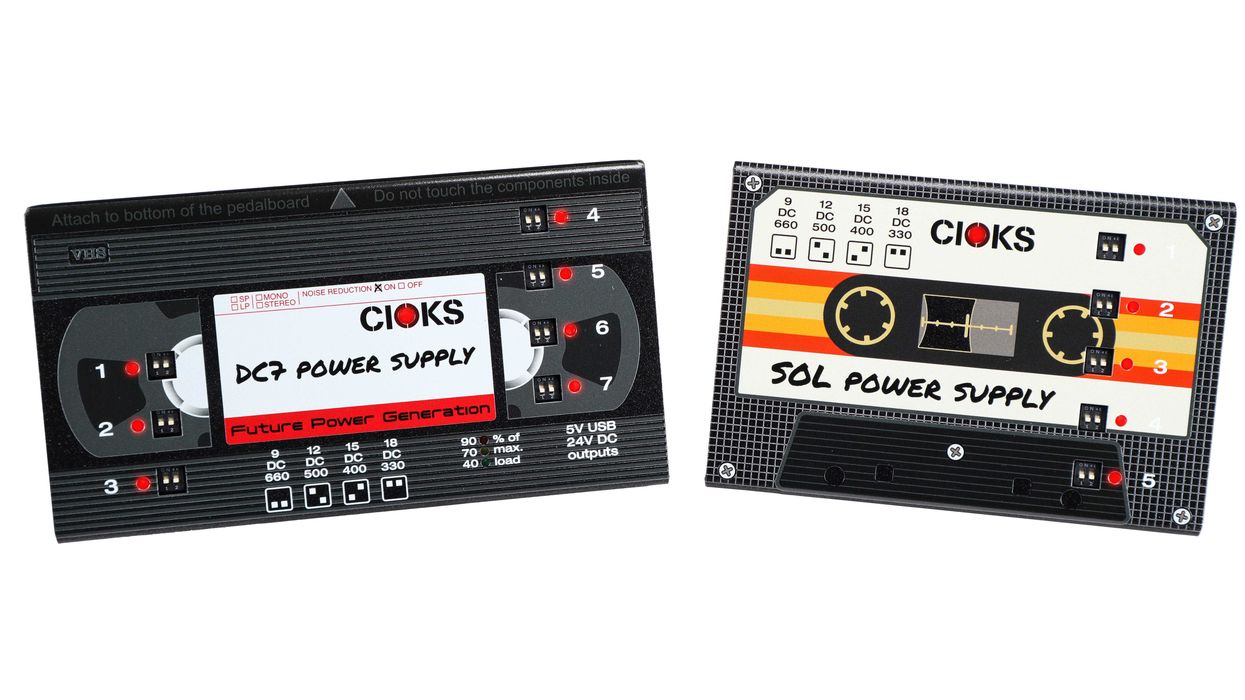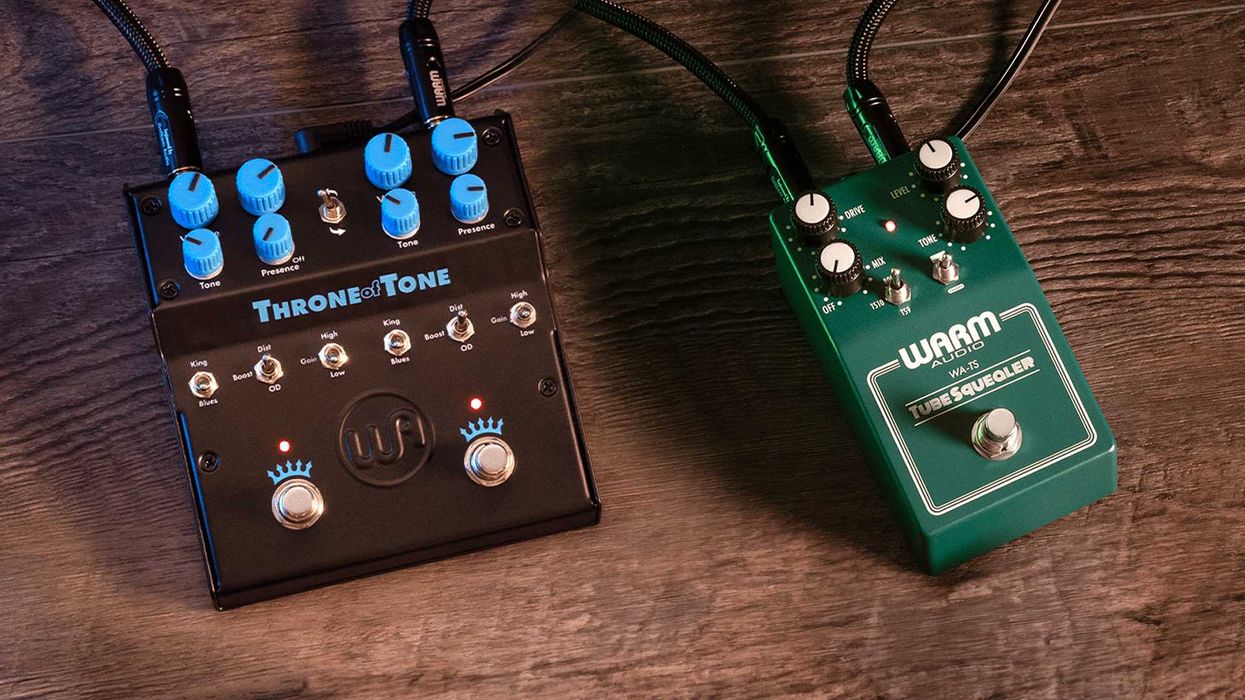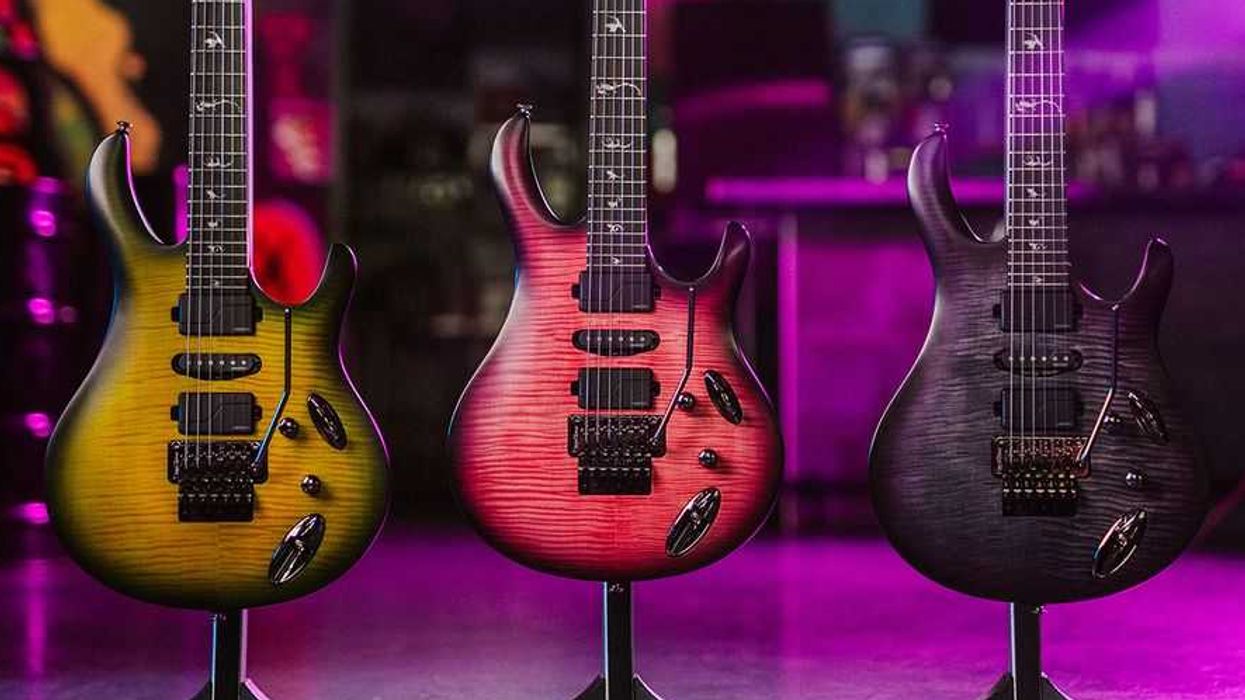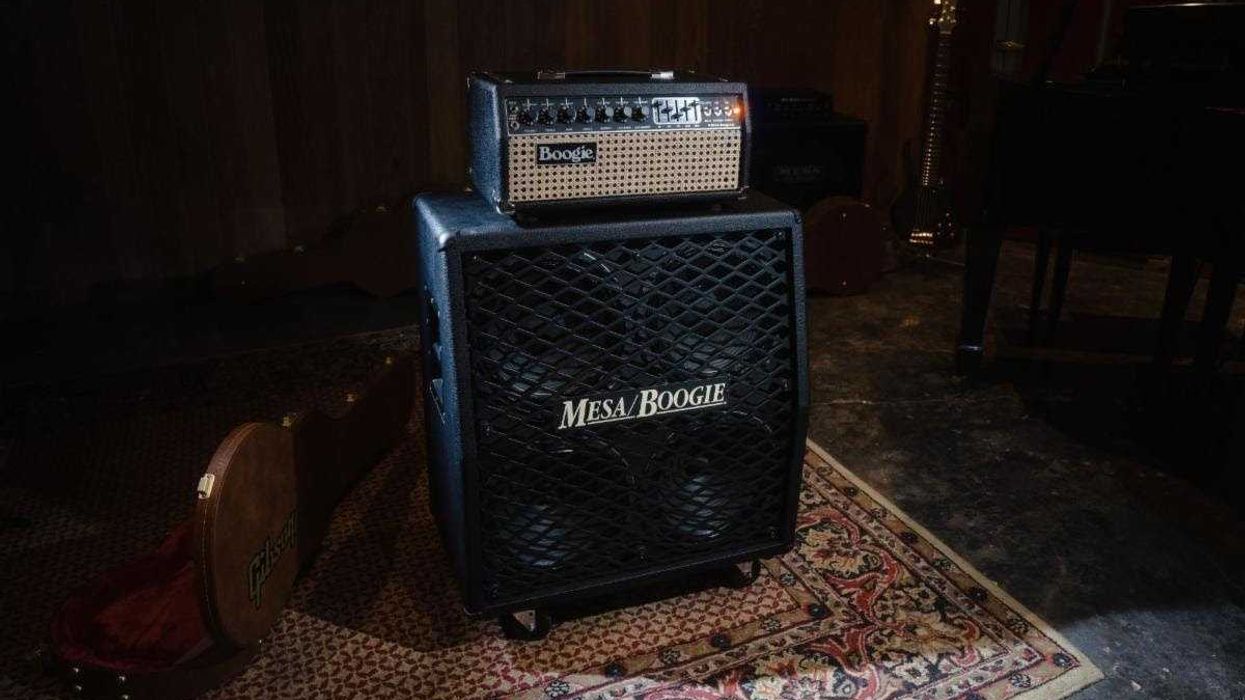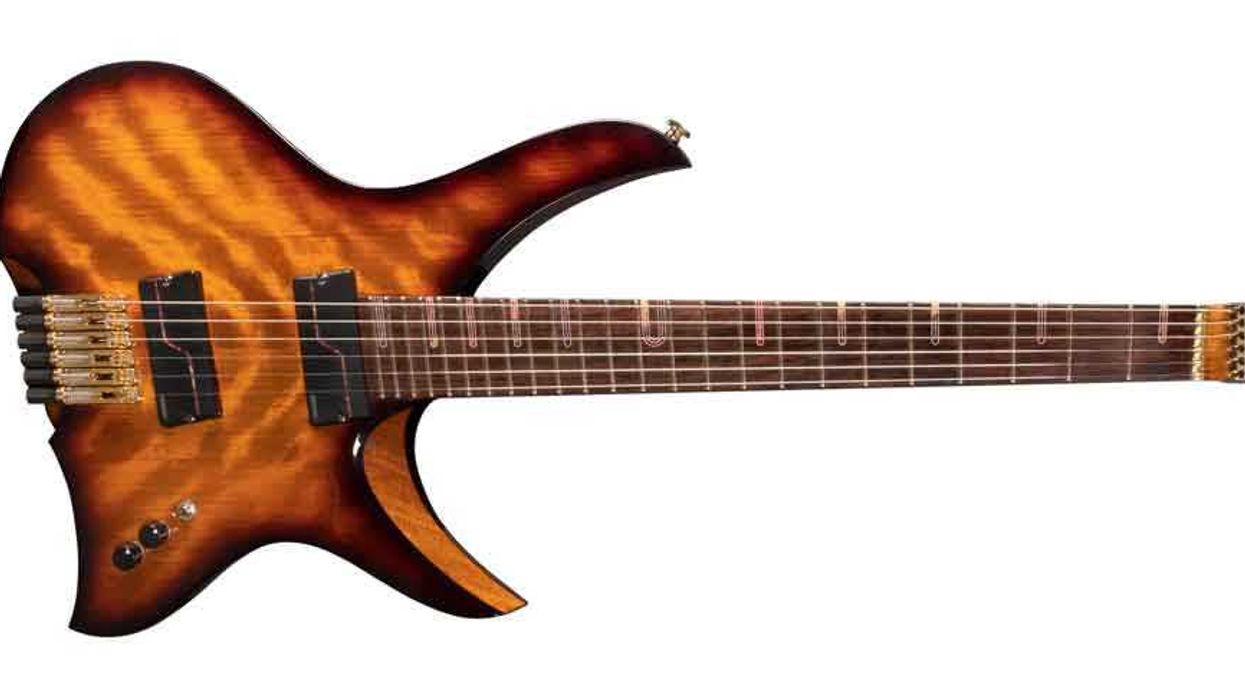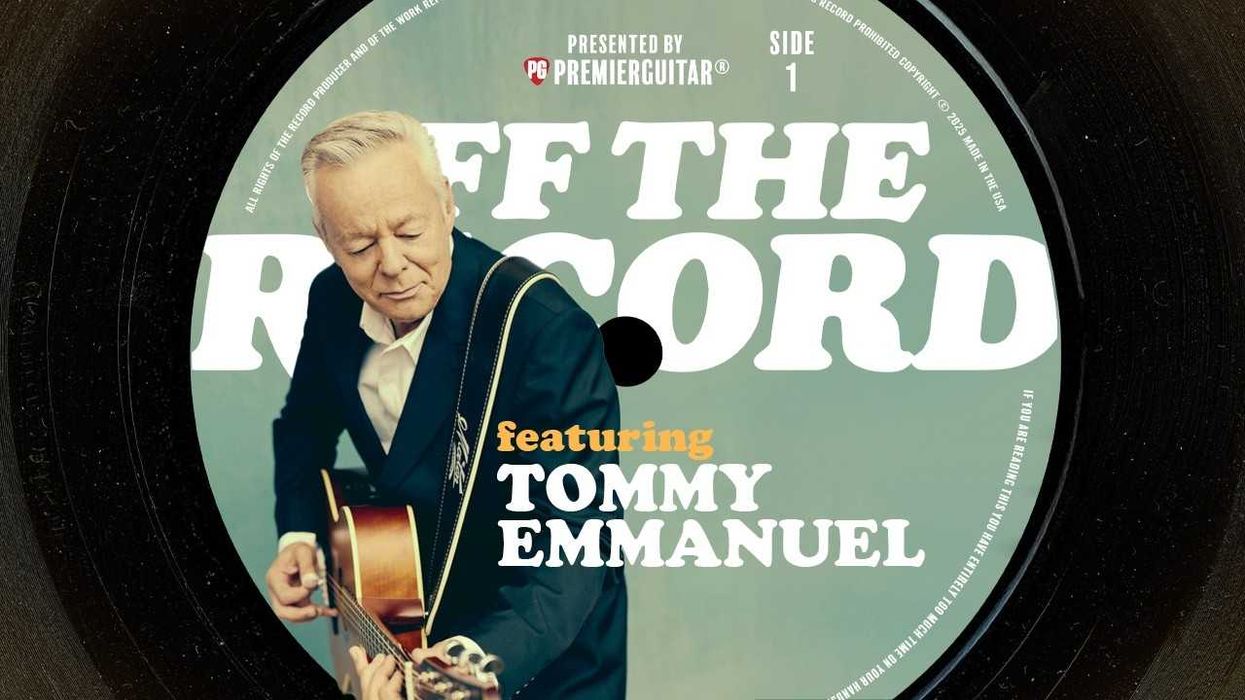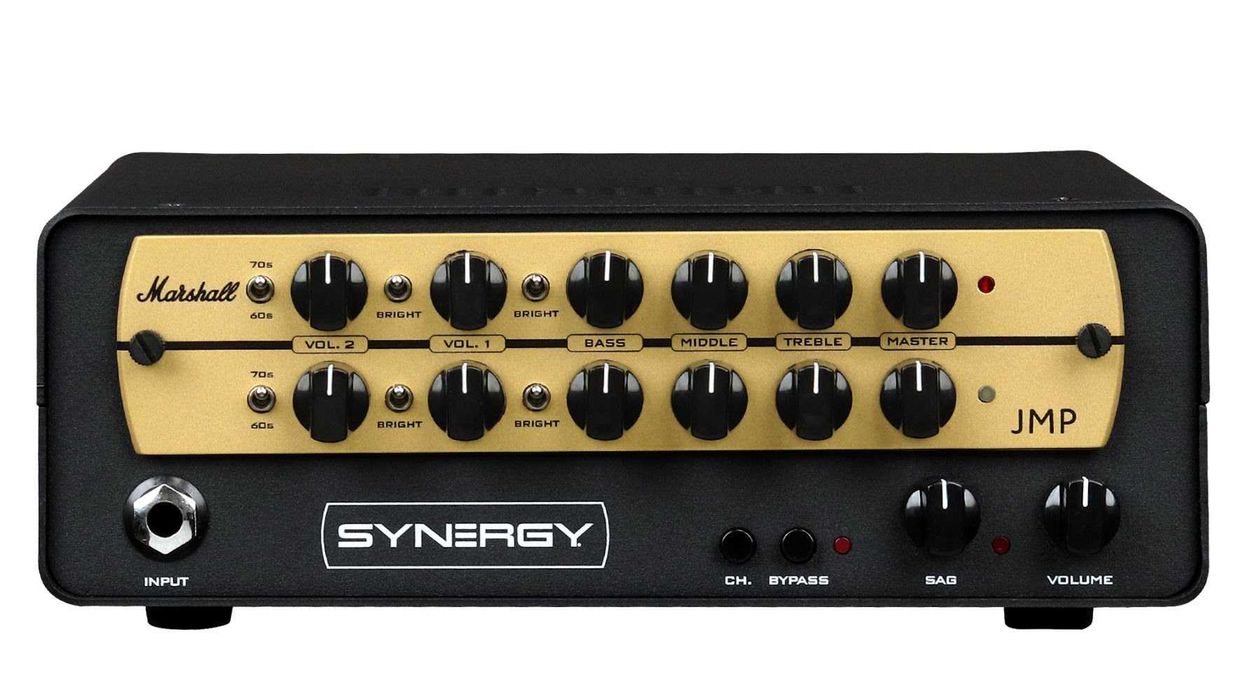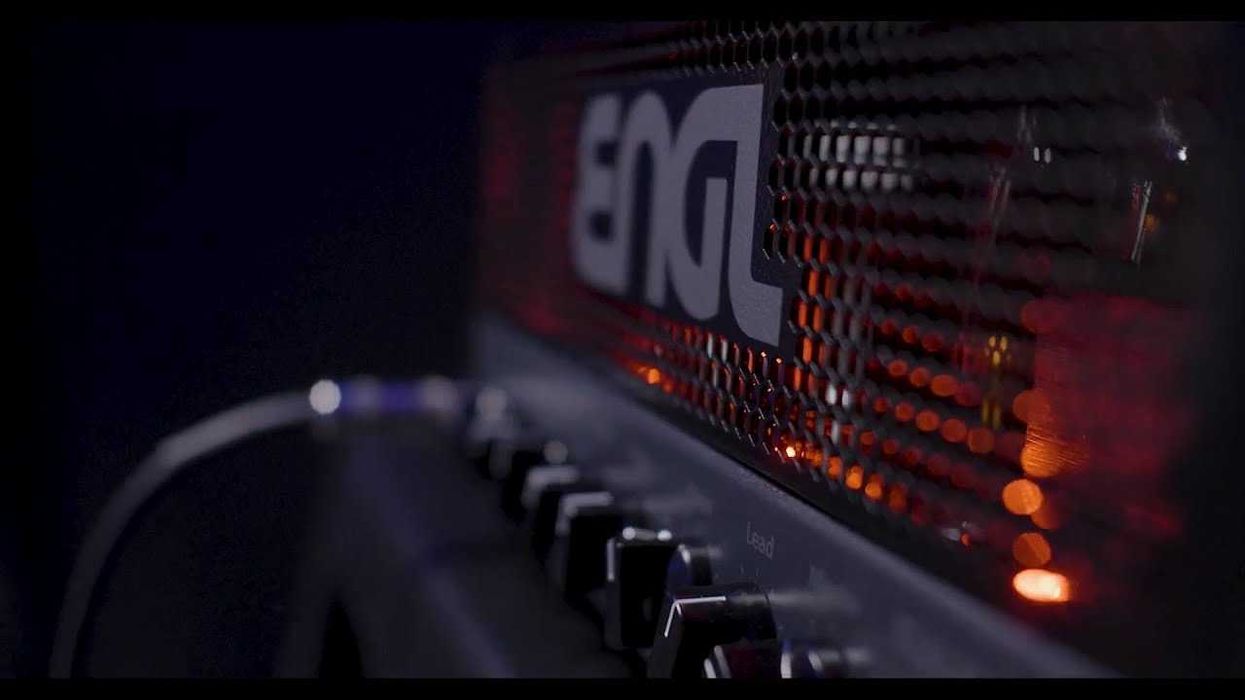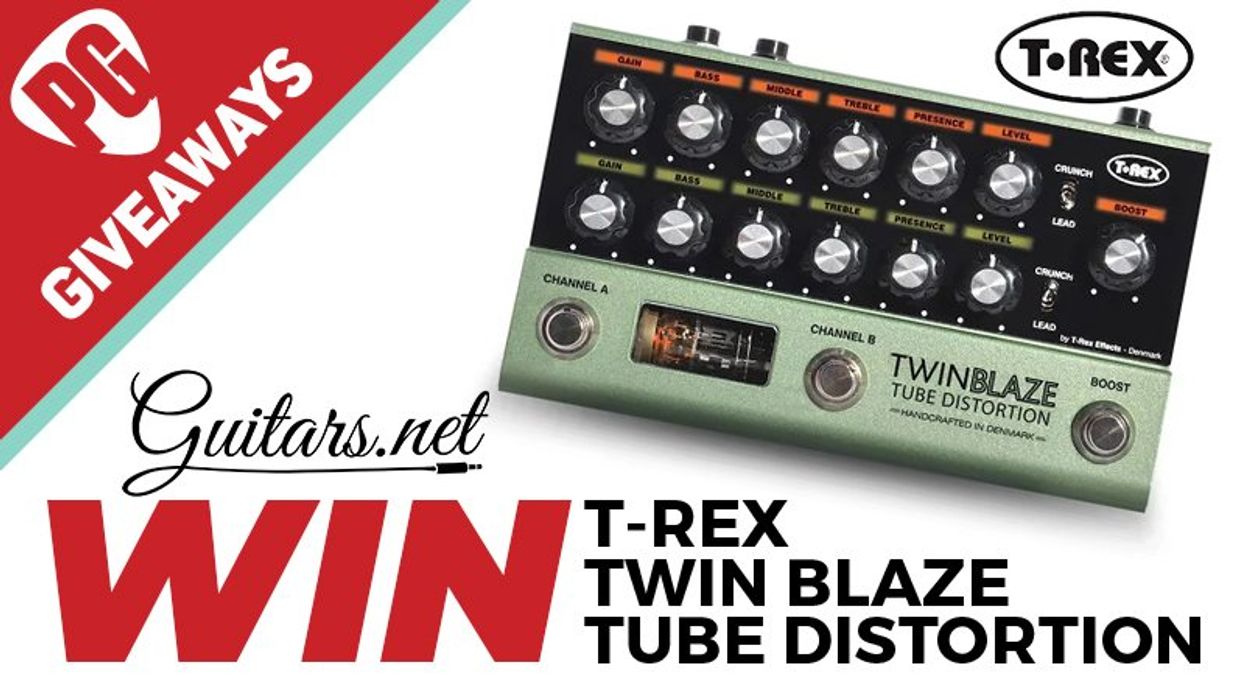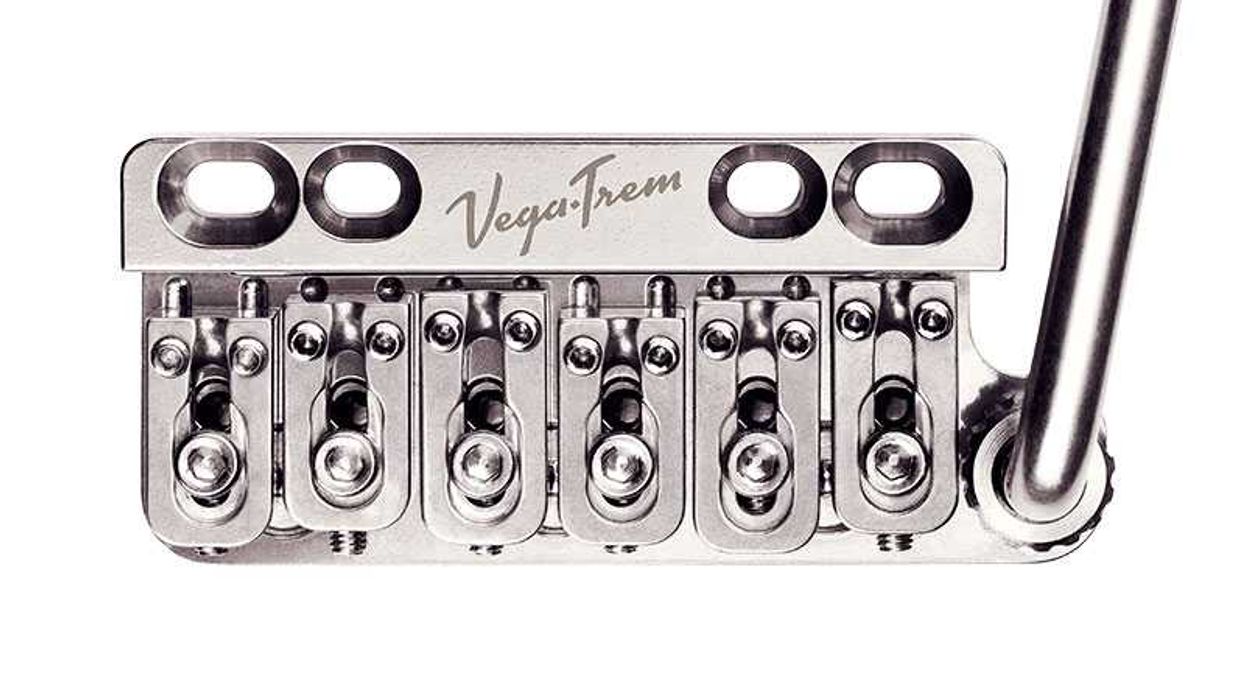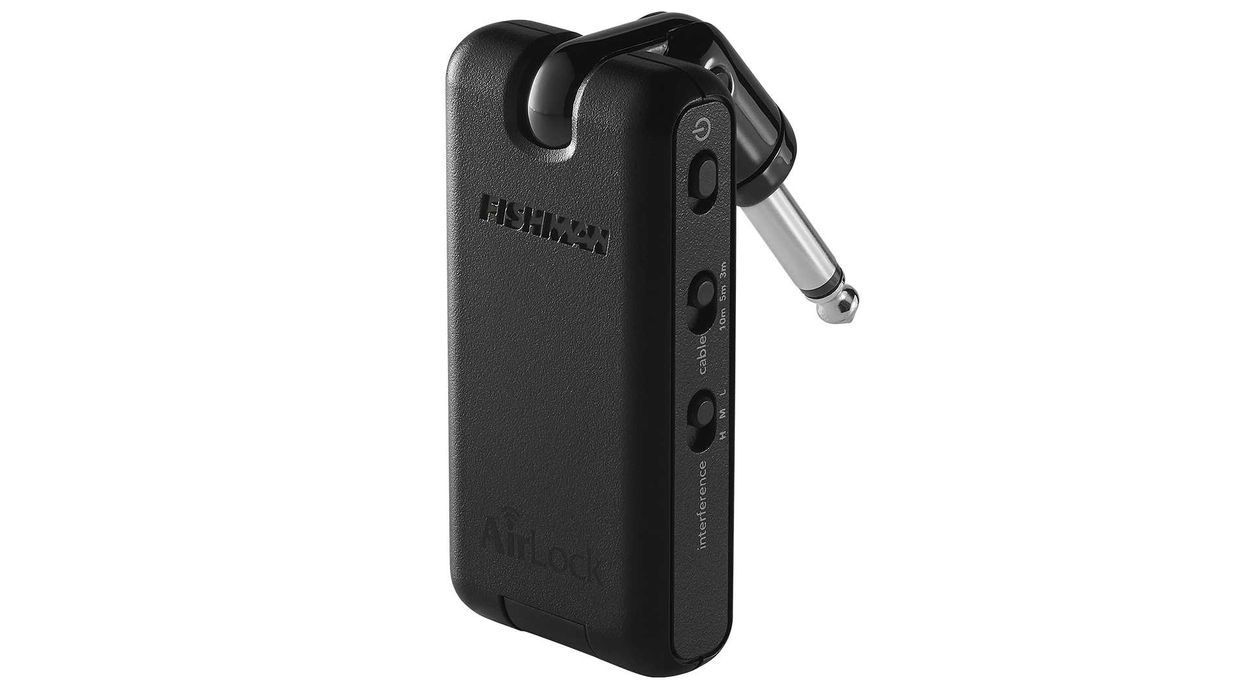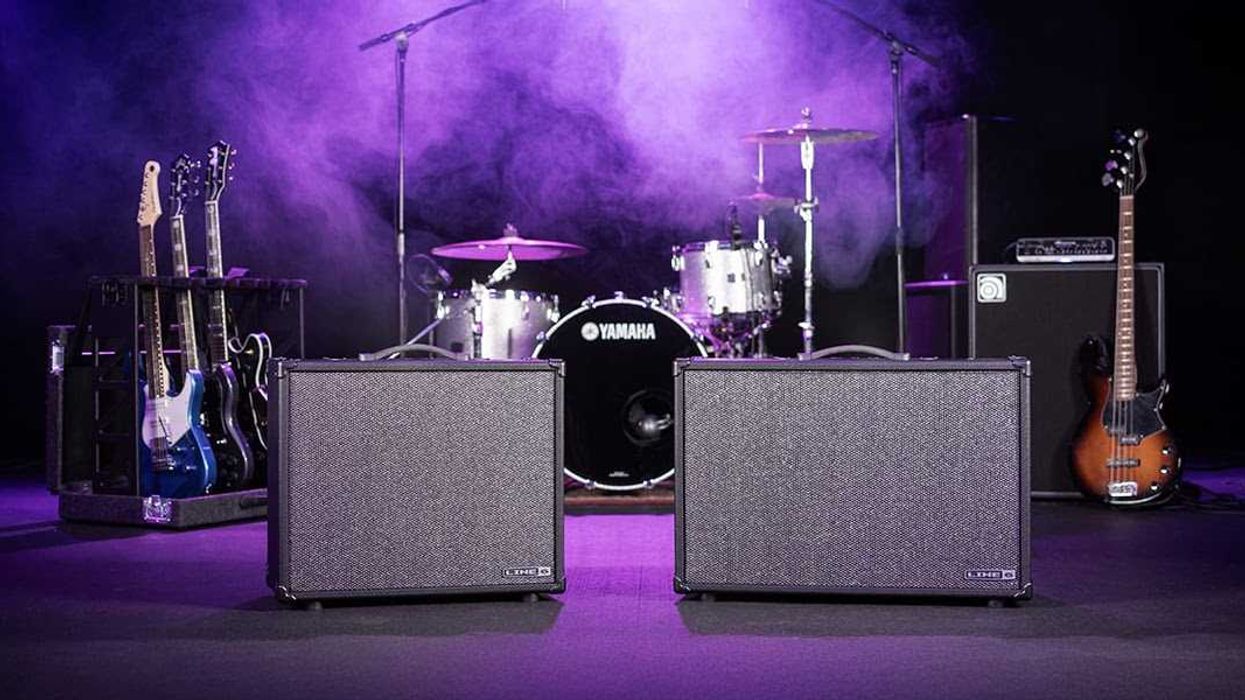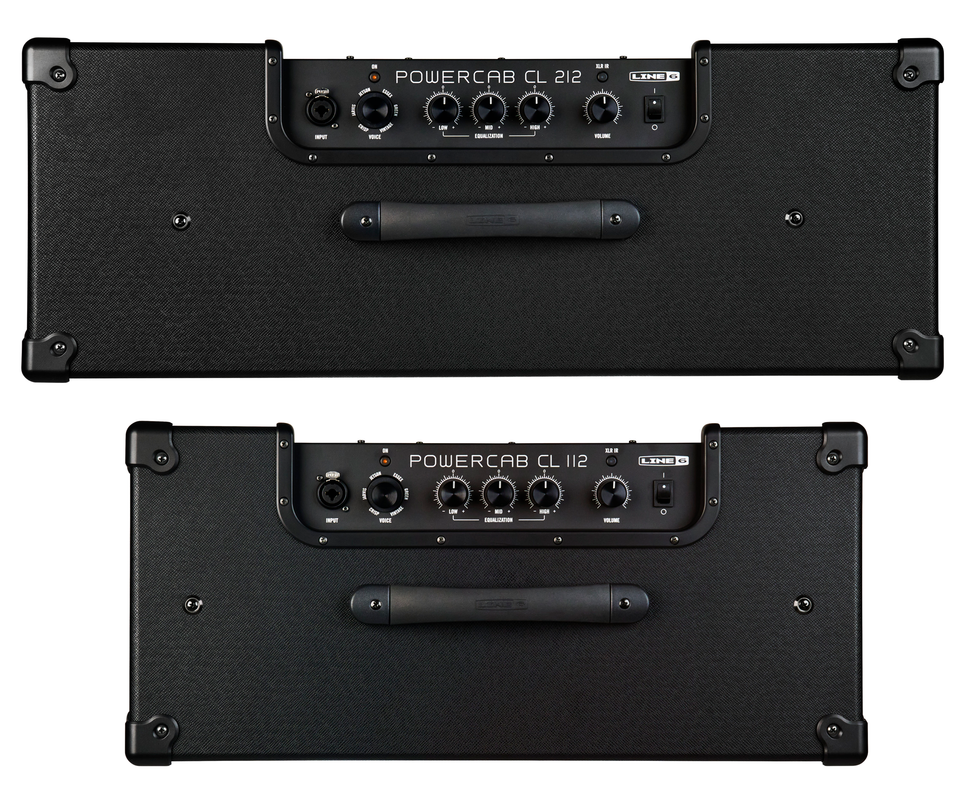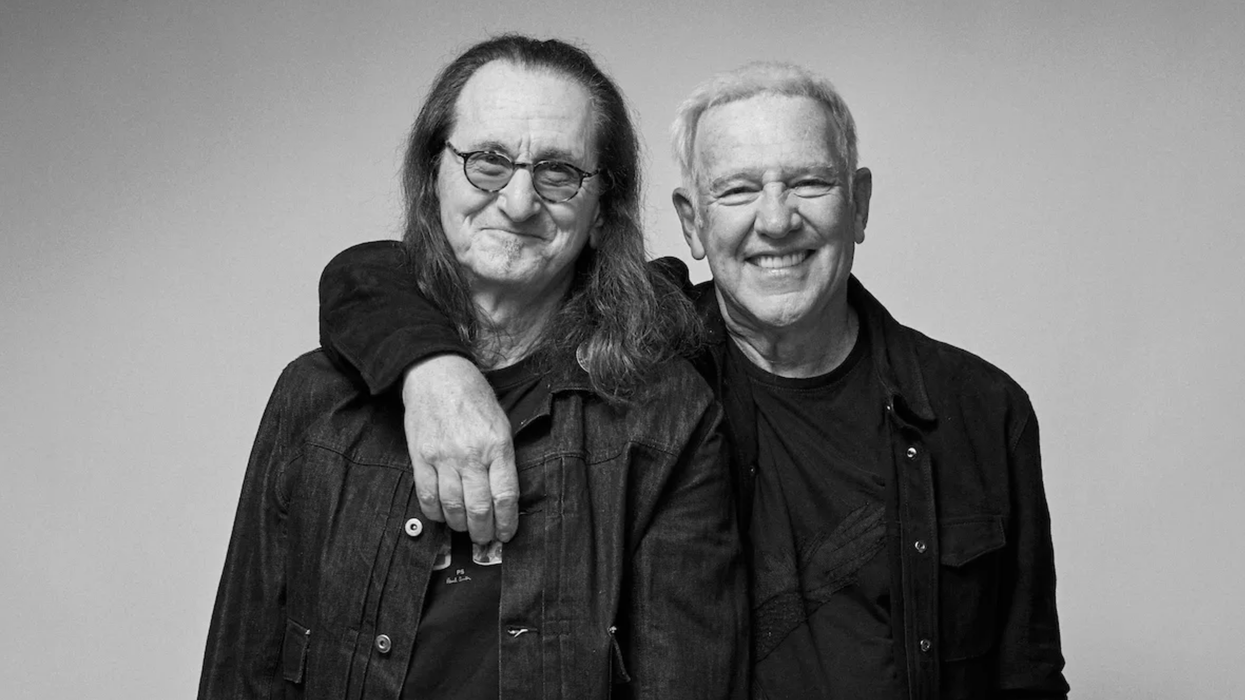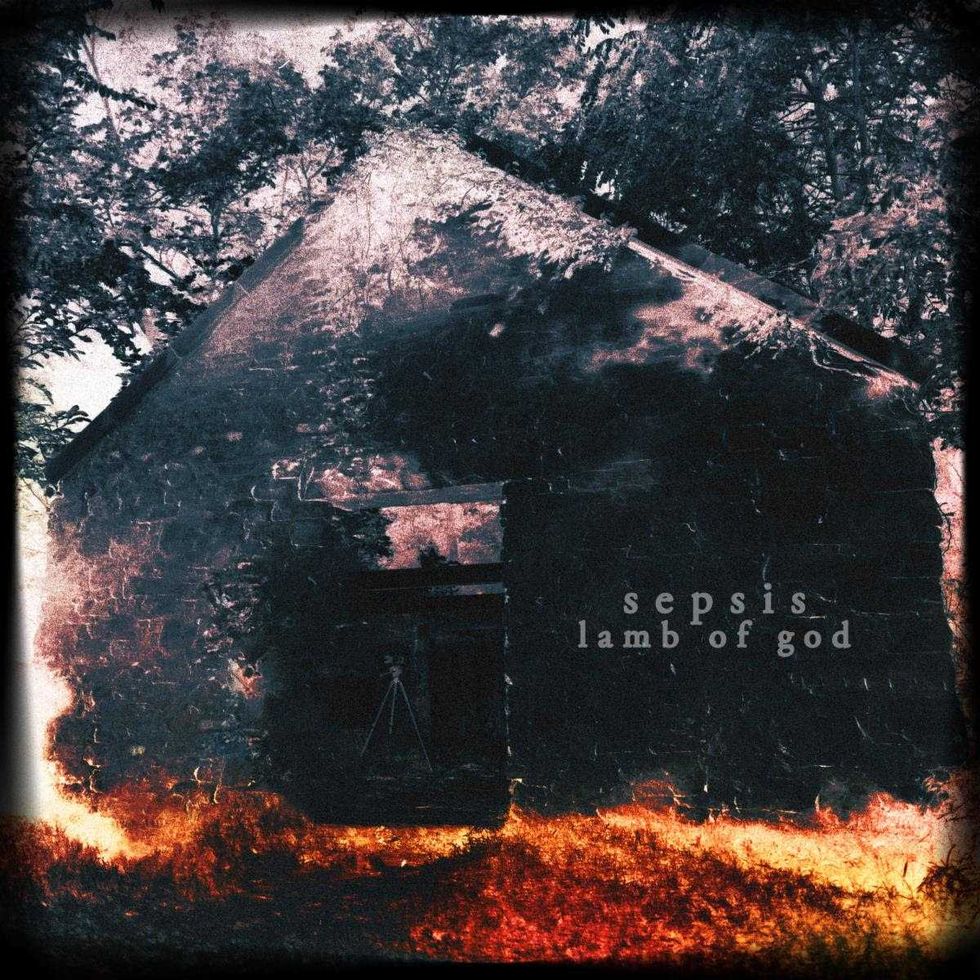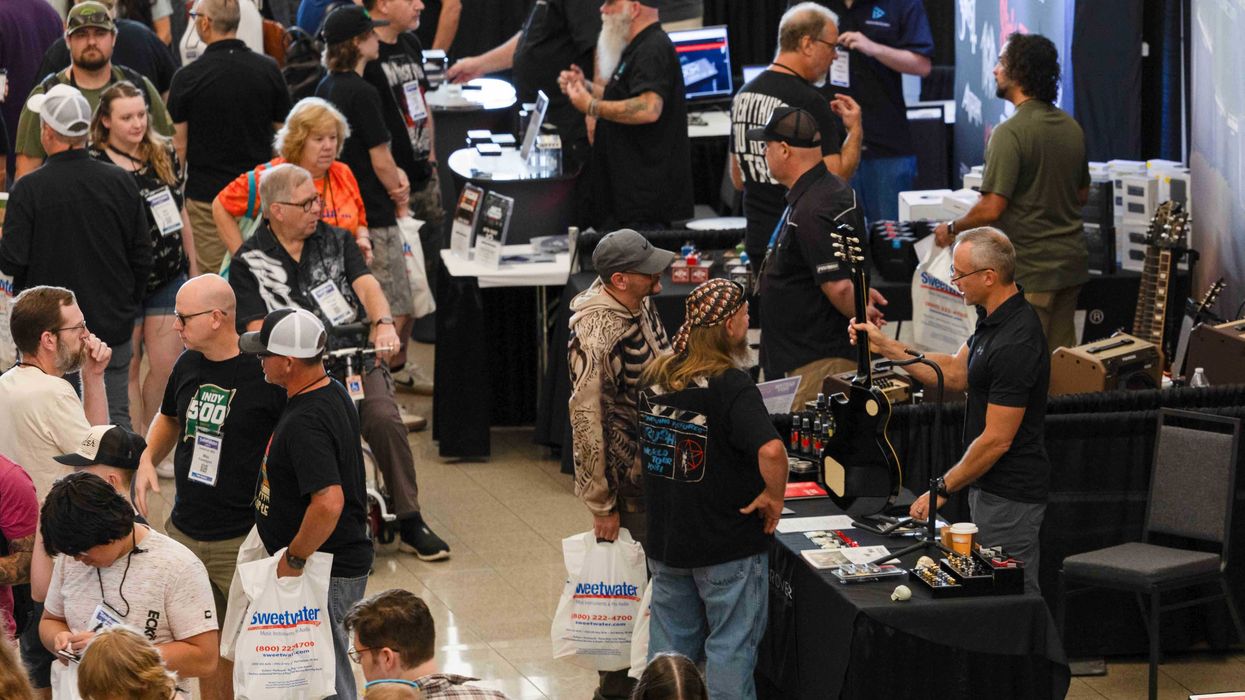These acoustic models pay tribute to the legendary designs that shaped the sound of 20th century music.
Gibson Custom Shop’s exclusive Murphy Lab lacquer and thermally aged tops enhance the resonance and tone of these acoustic guitars, while the Murphy Lab Light Aging treatment provides the played-in look and feel of a vintage guitar, with softened edges throughout. From the haunting Dust Bowl-era tones of the 1933 L-00 to the iconic midrange punch of the 1942 Banner J-45 and the 1942 Banner Southern Jumbo, to the famed projection of the 1957 SJ-200, and the rock ’n’ roll swagger of the 1960 Hummingbird, the Murphy Lab Acoustic guitars are a recreation of the most recorded and played acoustic guitars of all time.
“We are excited to unveil the Gibson Custom Shop Murphy Lab Acoustic Collection,” says Cesar Gueikian, President, and CEO of Gibson Brands. “It’s the natural evolution of the Murphy Lab, now established in Bozeman, MT, where our expert Murphy Lab luthiers under Tom Murphy have been applying the Lab’s aging techniques to our famous Gibson acoustic models for two years. Rest assured; this launch is only the beginning of more epic things to come out of the Gibson Custom Shop Acoustic Murphy Lab.”
1960 Hummingbird Heritage Cherry Sunburst Light Aged
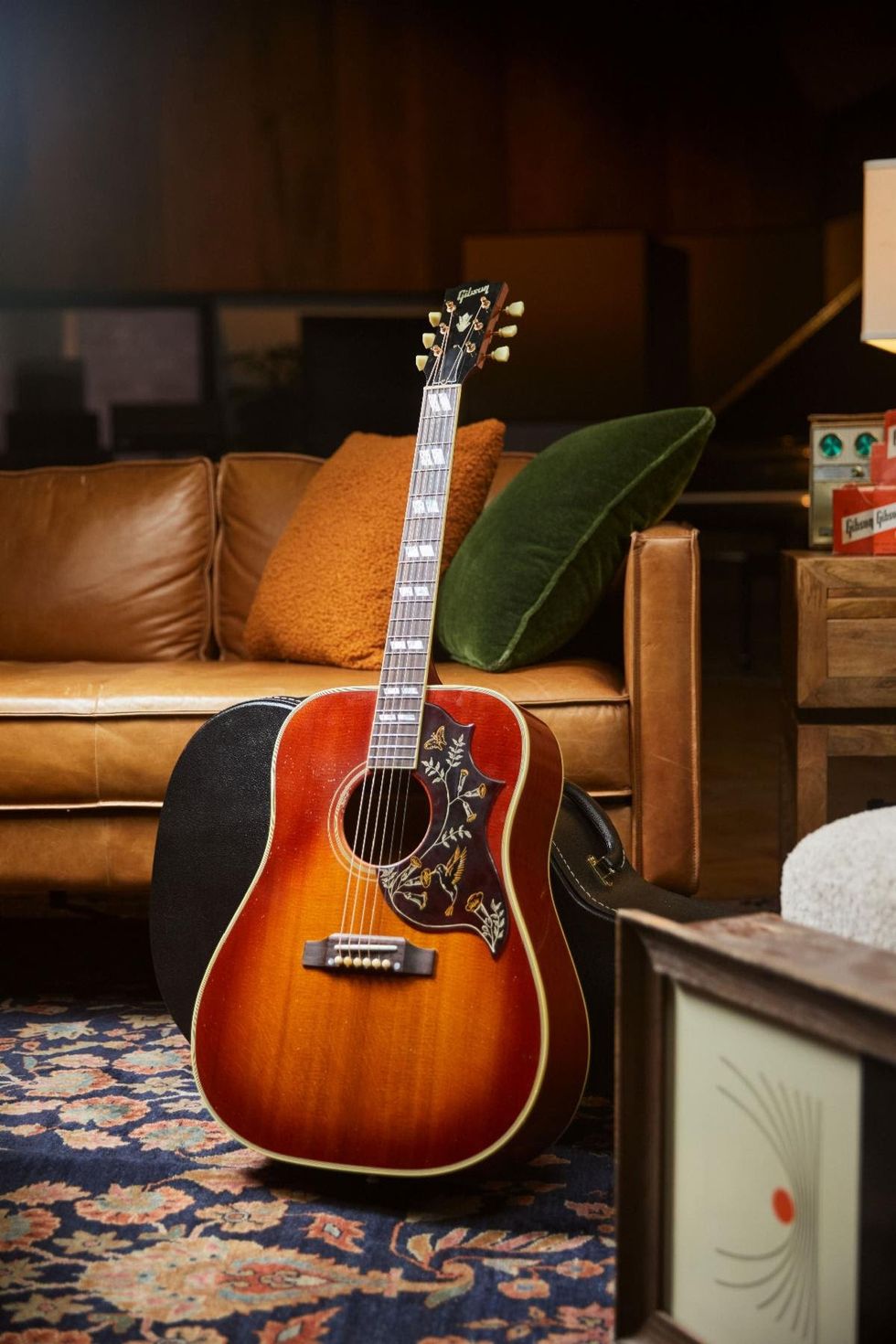
Introduced in 1960 as Gibson’s first square shoulder, the Hummingbird arrived at the dawn of a new era in music and was rapidly embraced by the prime movers on the scene. Built with a thermally aged Sitka spruce top, the 1960 Hummingbird reflects the appearance and performance of those early icons. It features Light Aging by the skilled artisans of the Murphy Lab. The Murphy Lab Light Aged finish treatment, paired with lightly aged hardware, simulates decades of light play wear, giving it the unique character, vibe, and feel of an original example from the Gibson Golden Era.
1957 SJ-200 Vintage Sunburst Light Aged
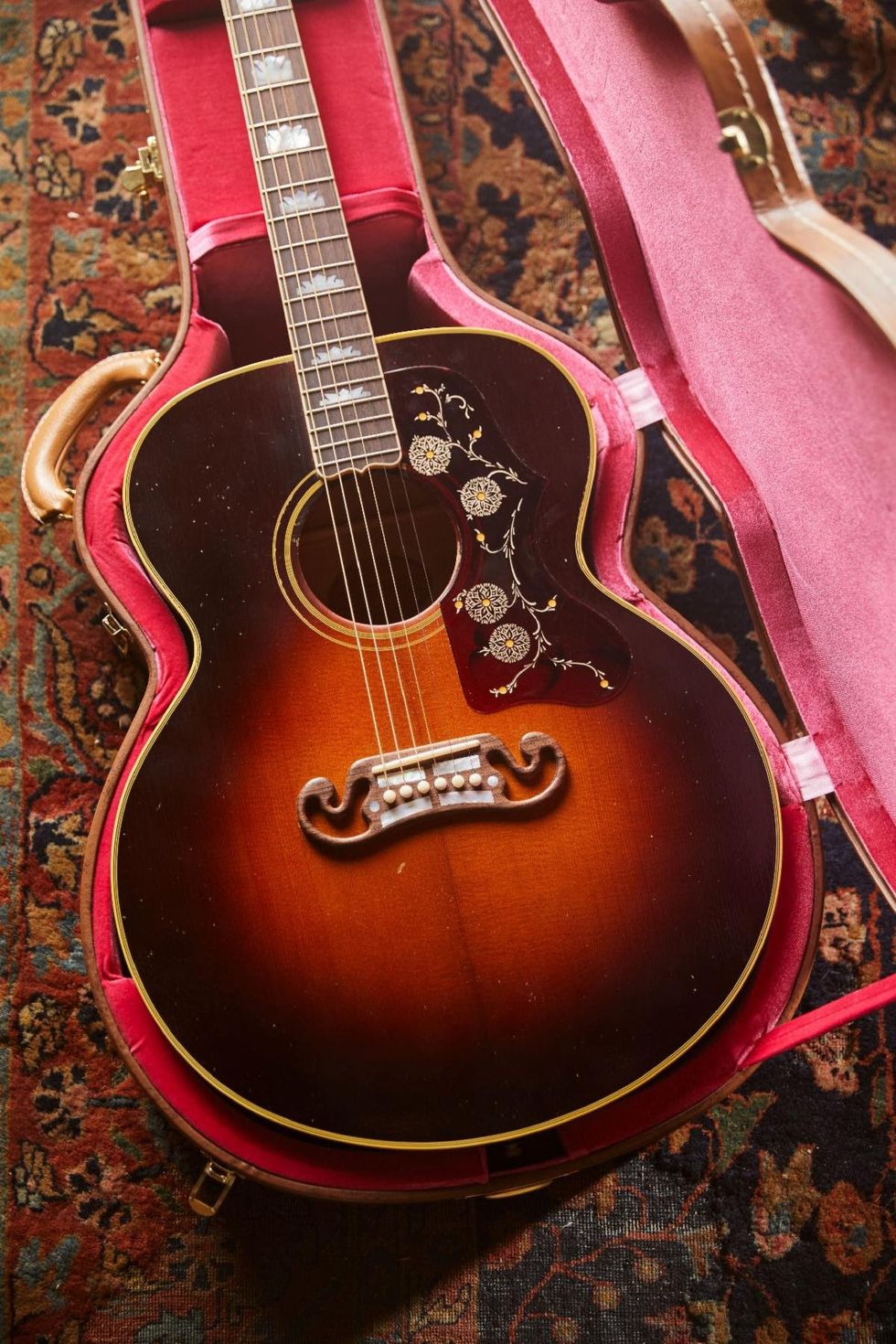
This new Custom Shop 1957 SJ-200 offers details such as hand-selected maple for the back and sides, a headstock stinger, and our thermally aged top for the full vintage effect. It also features Light Aging by the skilled artisans of the Murphy Lab. The Murphy Lab Light Aged finish treatment, paired with lightly aged hardware, simulates decades of light play wear, giving it the unique character, vibe, and feel of an original example from the Gibson Golden Era.
1942 Banner J-45 Vintage Sunburst Light Aged
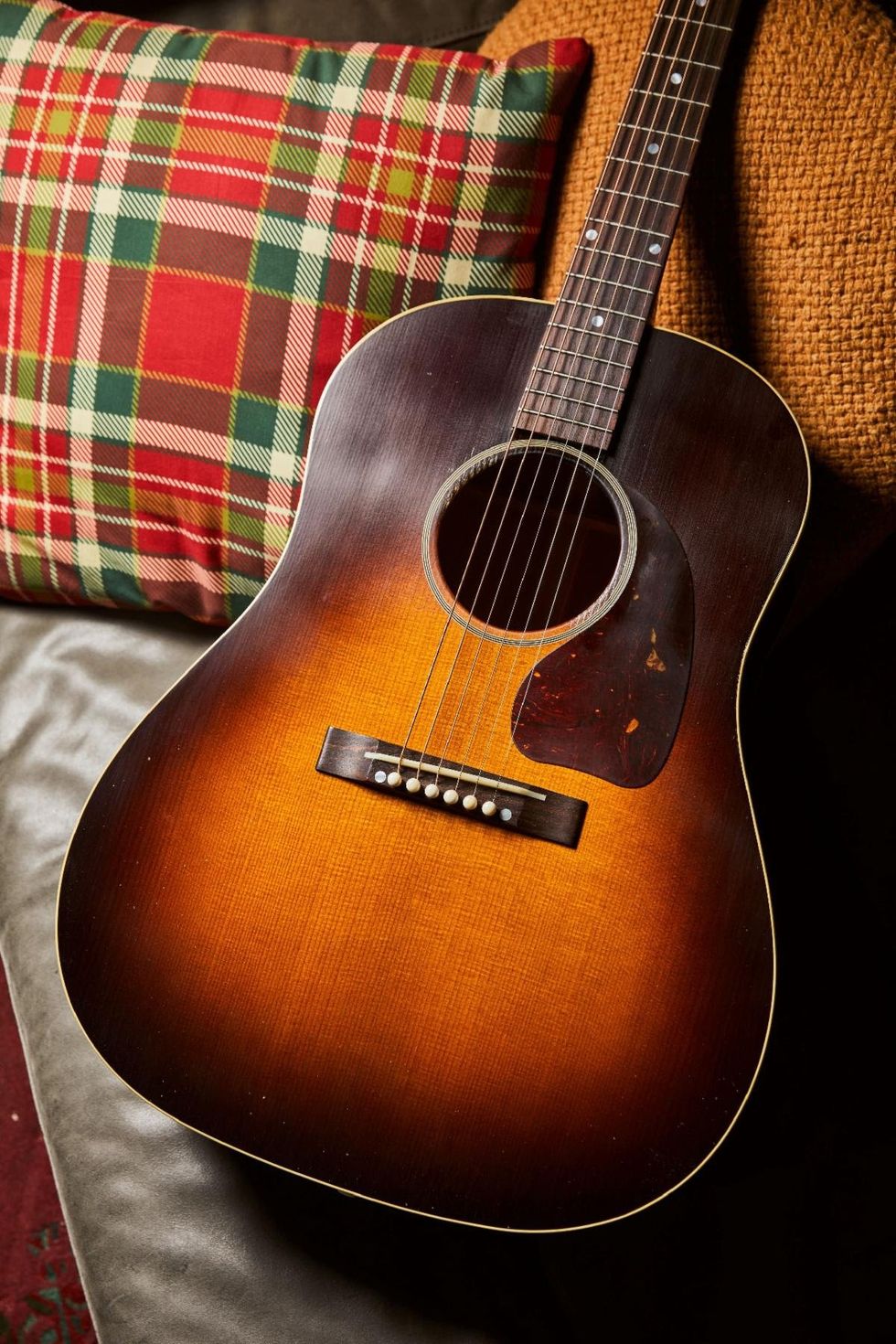
The allure and legend of the Gibson J-45 live on in the new Murphy Lab 1942 Banner J-45. Inspired by the holy grail of vintage acoustic instruments, luthiers in Montana meticulously crafted a J-45 just like the most popular and celebrated version in structure and components. The new 1942 Banner J-45 includes a Thermally Aged Adirondack red spruce top hand-sprayed with a historic-style burst, hot hide glue top bracing for better tonal response, and a bone nut and saddle. It features Light Aging by the skilled artisans of the Murphy Lab. The Murphy Lab Light Aged finish treatment, paired with lightly aged hardware, simulates decades of light play wear, giving it the unique character, vibe, and feel of an original example from the Gibson Golden Era.
1942 Banner Southern Jumbo Vintage Sunburst Light Aged
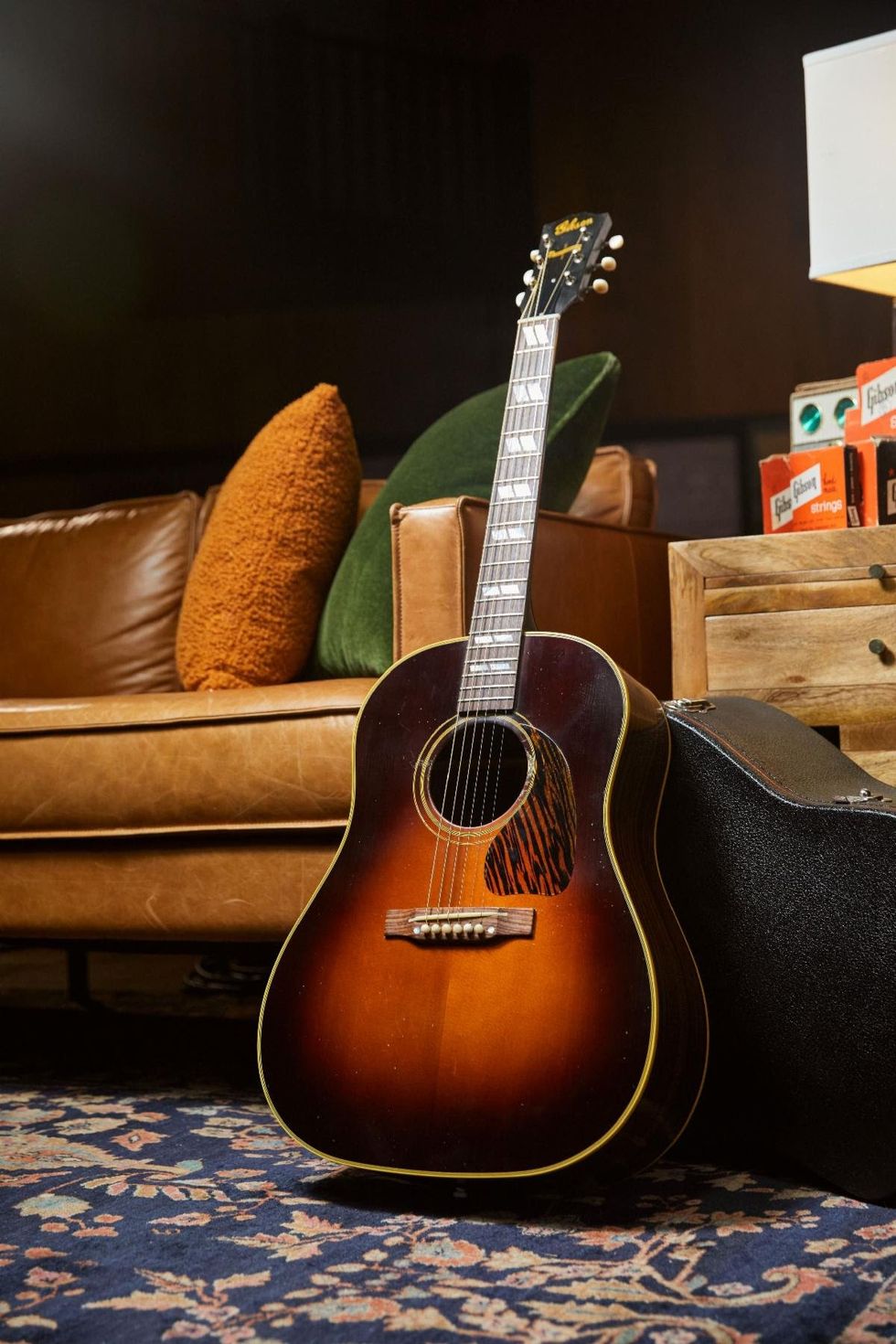
The Custom Shop Murphy Lab 1942 Banner Southern Jumbo features the vibe of a vintage Gibson acoustic that has been well cared for over generations. The thermally aged Adirondack red spruce top and rosewood back and sides have outstanding tonal response and superior playability. At home playing first-position chords or picking lead blues licks, the Southern Jumbo is a versatile instrument. Proudly displaying the "Only a Gibson is Good Enough" banner on the headstock, this custom instrument also includes an open slot bridge, a bone saddle and nut, and the classic 1.77" nut width. It features Light Aging by the skilled artisans of the Murphy Lab. The Murphy Lab Light Aged finish treatment, paired with lightly aged hardware, simulates decades of light play wear, giving it the unique character, vibe, and feel of an original example from the Gibson Golden Era.
1933 L-00 Ebony Light Aged
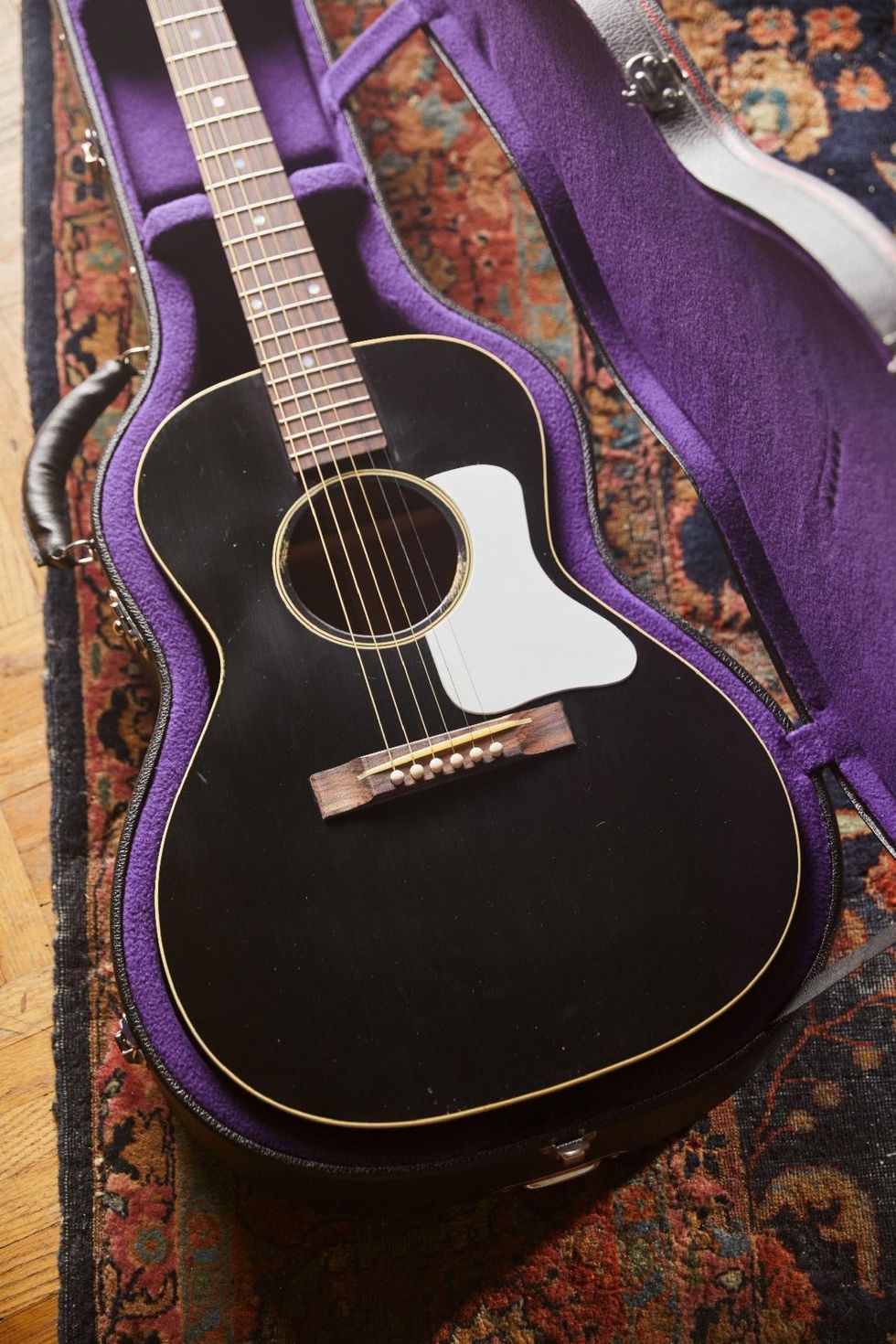
The L-00 is one of Gibson’s most iconic models. Developed in the early 30s, the L-00 was an industry standard for many years and is still popular with guitarists today. Delivering unparalleled projection not found in comparable small-bodied guitars and a tonality that is best described in Gibson’s 1934 catalog as a sound of “perfect balance,” The 1933 L-00 achieves all the advantages of an acoustic that is comfortable to play in your home while still producing Gibson’s characteristic rich, full sound. The 1933 L-00 features Light Aging by the skilled artisans of the Murphy Lab. The Murphy Lab Light Aged finish treatment, paired with lightly aged hardware, simulates decades of light play wear, giving it the unique character, vibe, and feel of an original example from the Gibson Golden Era.
The Gibson Custom Shop Murphy Lab Collection in Light Aging is now available at authorized Gibson dealers and on www.gibson.com.
